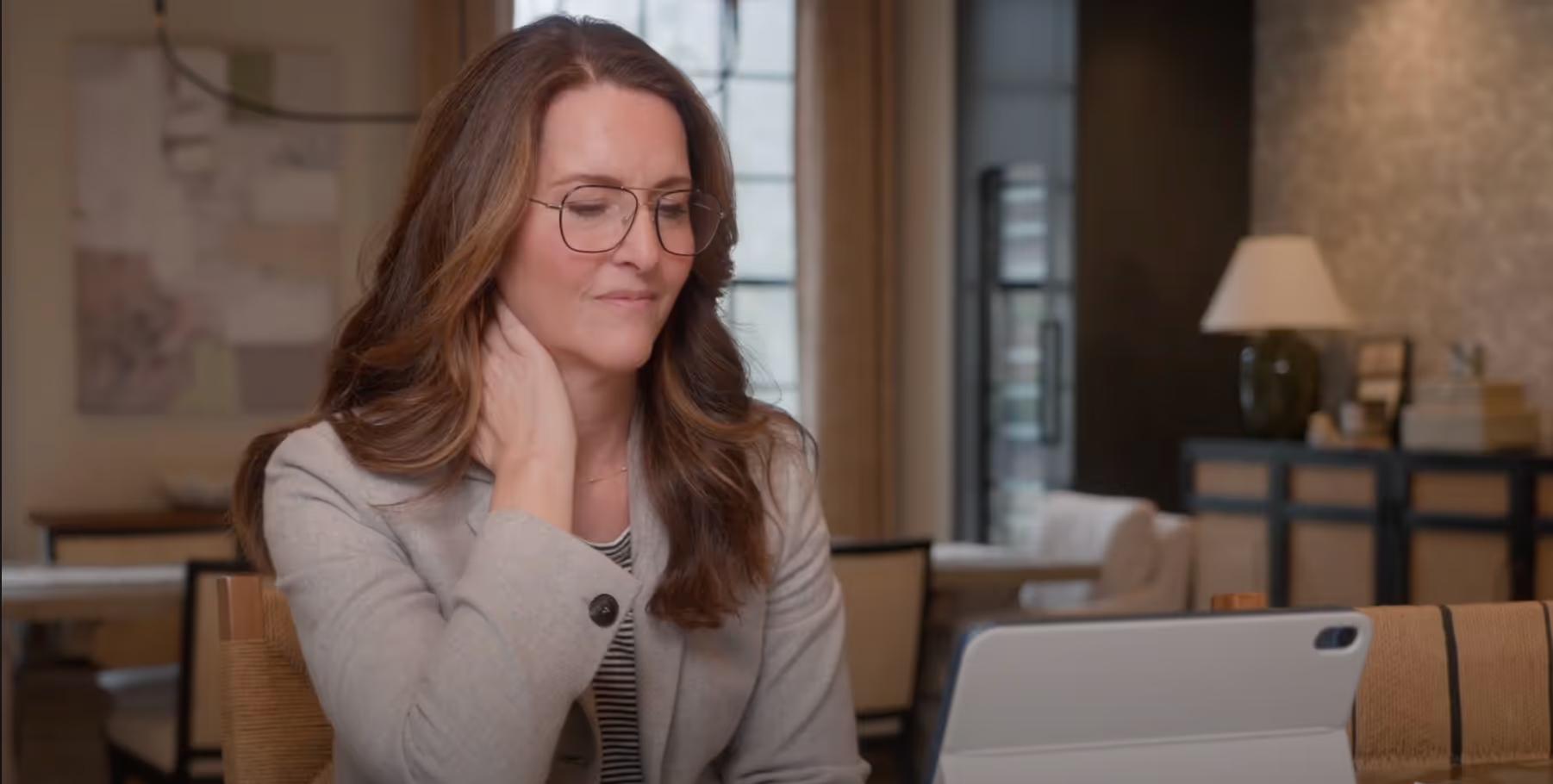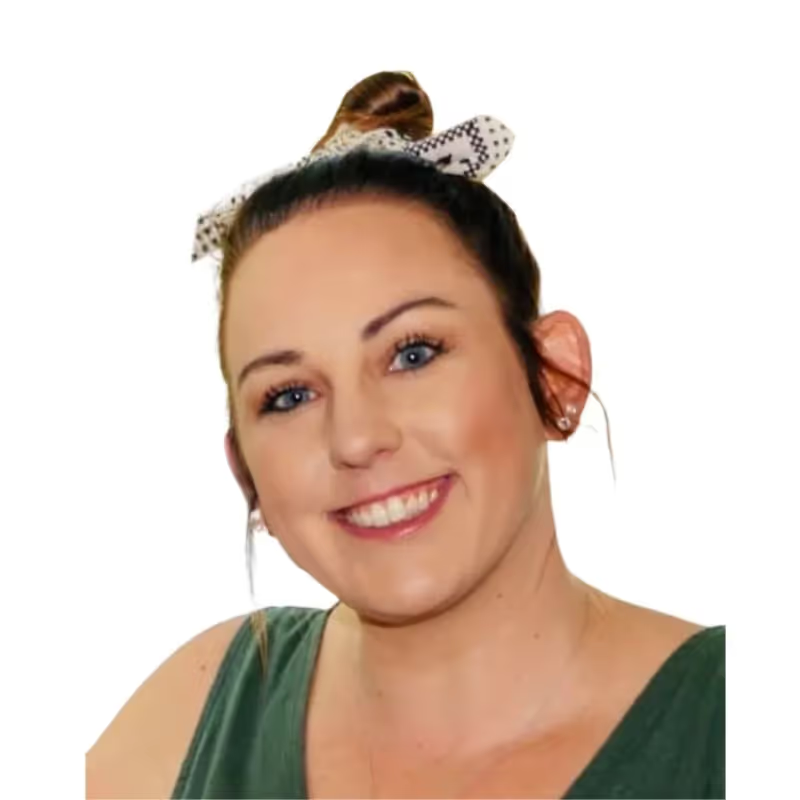In a previous blog, we discussed the disease modifying therapies (DMTs) for ALS. Now let’s take a look at the second type of treatment called symptomatic therapy. This is, just as the name suggests, a treatment that aims to alleviate symptoms and to improve quality of life but that does not alter the progression of the disease. These treatments may be medicinal or they may fall under the category of rehabilitation (physical, occupational, speech therapies), orthotics, devices and psychological/behavioral techniques.
Spasms and spasticity are common upper motor neuron symptoms of ALS. The following are medications that can be used to alleviate these symptoms: Baclofen, Tizanidine, benzodiazepines (these are controlled substances like diazepam or clonazepam, which cannot be prescribed via telemedicine as they are controlled meds, anti-seizure medications and Botox. Cramping is another painful symptom of the disease, which we frequently address with some of the medications just mentioned. Tonic water can also sometimes help (quinine helps with cramping but always ask your doctor before you try this). One non-medicinal technique that can help with cramping is activating an antagonist muscle. Think of this as the muscle that does the opposite of what the cramping muscle is doing. For example, if you cramp with your foot pointed down and feel pain in the calf, try holding the foot and pulling it gently upward pointing toward the face; if you cramp with your fingers curled inward (flexed), slowly pull the fingers into a straight or extended position. A caregiver can help with this technique.
Weakness, of course, is the hallmark symptom of motor neuron disease and while drug therapy does not exist, physical and occupational therapy, braces, orthotics and mobility devices are mainstays of symptomatic treatment that can help.
Dyspnea or difficulty breathing is understandably one of the most worrisome feelings. NIV or non-invasive ventilation (such as BiPAP) is a first line of treatment. Studies have also shown that initiation of NIV, sooner rather than later, can positively impact the disease prognosis. Pulmonary hygiene is also key here. This includes regular clearance of secretions through mucus thinning medications and cough assist/suction devices. Thick secretions can be managed with nebulized saline, mucolytic medications like guaifenesin and with generous fluid intake. Seasonal vaccines that prevent or decrease the severity of respiratory illnesses are crucial. Chest PT, which is the loosening of mucus either manually or with an oscillating vest can be quite helpful. Trunk elevation and relaxation techniques are some methods which can augment all of the above.
Hypersalivation and drooling results from the decreased ability to swallow the saliva that is produced. Glycopyrrolate, scopolamine, atropine, amitriptyline, hyoscyamine and Nuedexta are some of the medications used to “dry out” excess saliva. Botox and/or radiation to the salivary glands are another consideration but are always used as second-line treatments after trials of the medications have been exhausted.
Dysphagia or trouble with swallowing can be helped with swallowing techniques if the symptom is mild. These are techniques which can be taught by a speech language pathologist. Enteral or “tube” feedings as well as parenteral feeding (feeding intravenously) are also methods to foster maintenance of nutrition, though the latter comes with many risks and would be considered as a final measure.
PBA or pseudobulbar affect is a constellation of behavioral symptoms which might include things like excessive laughing, crying or labile emotions. Nuedexta is an FDA approved treatment for PBA. Luvox, a medication from the class of antidepressant medications called SSRIs and a tricyclic antidepressant called amitriptyline can be considered if Nuedexta is ineffective or contraindicated.
Dry eyes and blepharitis (infection of or around the eyelids) are common problems. Artificial tears, topical antibiotic eye drops or ointment can be employed here.
Insomnia can often be alleviated with medications such as trazodone, Ambien, benzodiazepines and melatonin. Herbal remedies such as valerian root, skullcap and camomile can also be used here as adjunctive treatment, but always check with your doctor before trying any over-the-counter herbals. Sleep hygiene is also very important. This includes things such as regular bedtimes, adjusting bed/mattresses for optimal comfort, adjusting the ambient noise level, minimizing use of bright lights and electronic devices while in bed or just before bedtime. Sleep hygiene also helps avoid excessive sleepiness or hypersomnia. Medications such as modafinil may also help with excess fatigue.
I hope this was a helpful overview of the many symptomatic therapies and treatments that we have. While this is not an exhaustive list, it will give you an idea of what symptoms we have the ability to alleviate. Our team at Synapticure would be glad to guide you to a comprehensive regimen that helps provide comfort and maintain quality of life–reach out today and let’s get started.
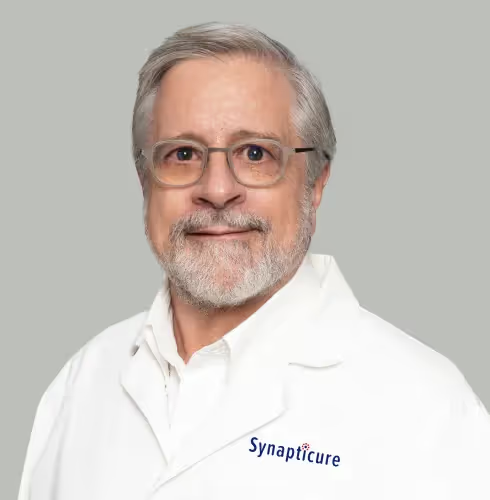

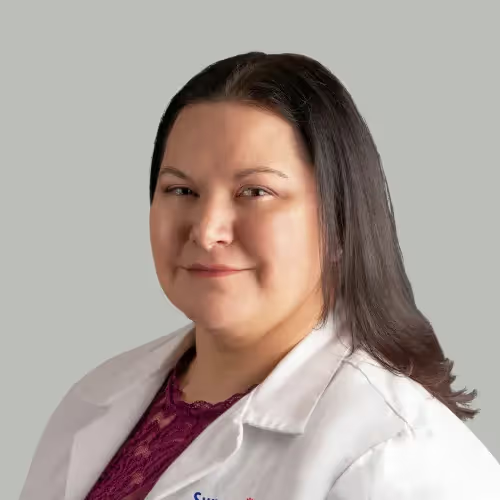
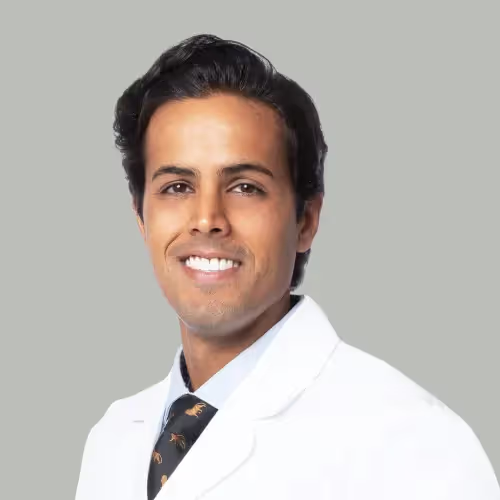


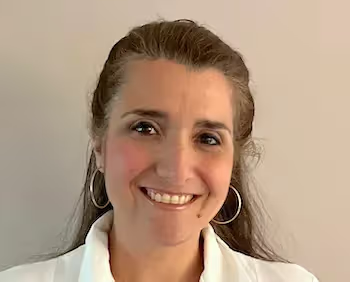





.png)
